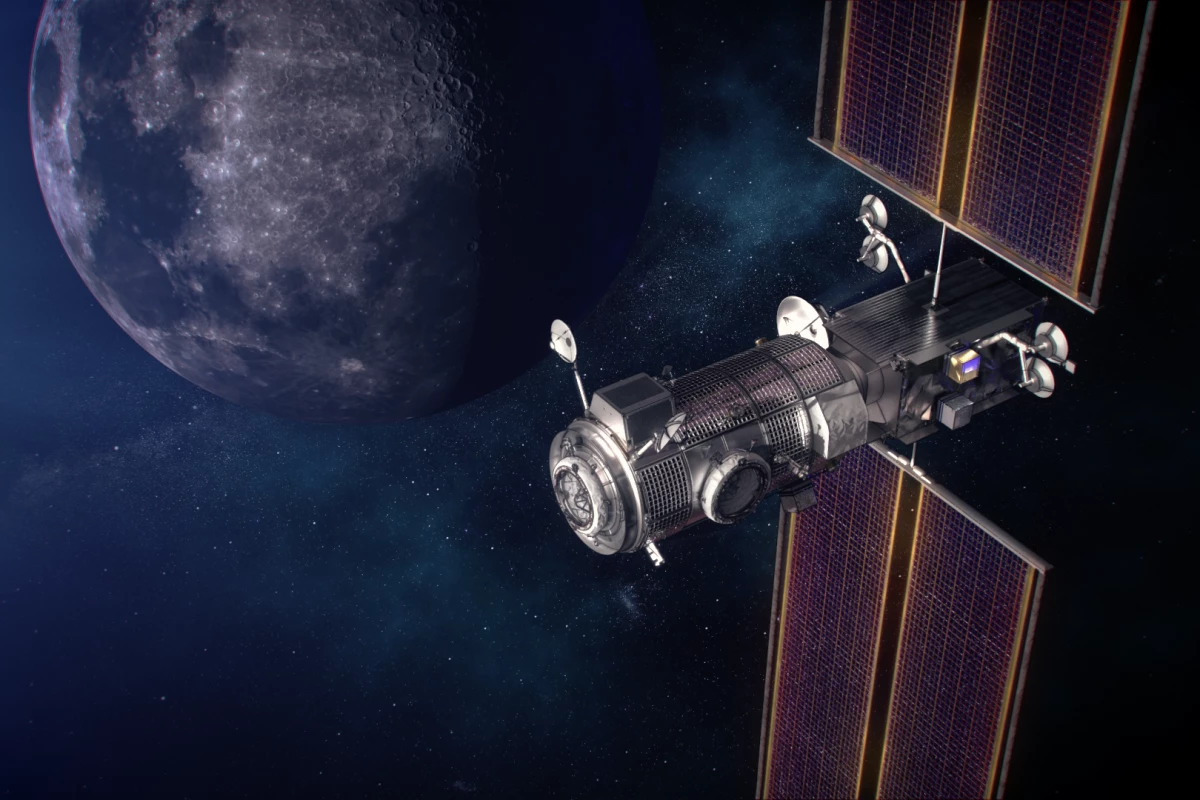Northrop Grumman has been awarded a US$187 million contract to design the Habitation And Logistics Outpost (HALO) crew module for NASA's Gateway deep space outpost. Based on the unmanned Cygnus cargo spacecraft developed by Northrop subsidiary Orbital Science Corporation, the HALO will provide pressurized living quarters for visiting astronauts.
A key part of NASA's Artemis program to establish a permanent American manned presence on the Moon, the Gateway outpost is a modular spacecraft that will be parked in cislunar orbit to support manned and unmanned missions to the lunar surface and, one day, to Mars.
One of the most important Gateway modules is HALO, which is described as having the volume of a small studio apartment and includes a life support system that works in tandem with that of a docked Orion spacecraft.
Currently, HALO is still in its preliminary design phase, which is scheduled be reviewed at the end of this year. The $187-million contract will fund HALO to this point. According to NASA, the design is being produced under a cost plus incentive fee contract that Northrop will use to fund subcontractors. If the design phase is successful, a second contract will be awarded to cover the cost of fabrication and assembly.
Though many details of the design have yet to be determined, NASA says that Gateway's power and propulsion element (PPE) module will be integrated with HALO in 2023. The reason for this, rather than mating the modules together in orbit, is because it will reduce costs and risks by eliminating the docking operation. The PPE provides the outpost with power and houses the 60-kilowatt solar electric propulsion system that will be used to allow the station to alter its orbit.
"We’re making significant progress on these first two elements, including incorporation of components from ESA, the Canadian Space Agency, the Japan Aerospace Exploration Agency, and payloads from our research communities," says Dan Hartman, Gateway program manager at NASA’s Johnson Space Center in Houston. "The new plan to integrate the two elements of Gateway demonstrates the capabilities of the agency and our partners to be flexible and reassess plans as needed. By launching the elements together, we’re able to significantly reduce Gateway’s risk profile and increase cost-effectiveness."
Source: NASA





